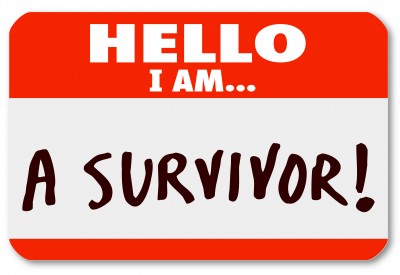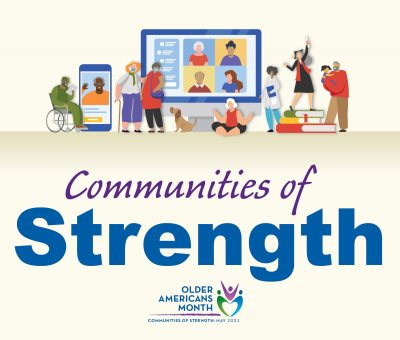The Healing Power of Touch in Dementia Care
Why skilled touch matters more than ever in person-centered dementia care.
Posts about:

Why skilled touch matters more than ever in person-centered dementia care.

At AGE-u-cate Training Institute, we believe dementia care extends far beyond healthcare facilities and into the heart of our neighborhoods. While dementia is often perceived as a personal or familial challenge, the reality is that it touches every layer of our society. Creating dementia-friendly communities is not simply a noble ideal — it’s a growing necessity that directly impacts the quality of life for millions.

The delta COVID-19 variant seems to be ushering in an understandable second round of pandemic-induced anxiety. Aging Services providers, and those that serve them, are still traumatized from the first go-around. Enough time has not passed to allow for a psychological re-set to cope with a do-over. So, what are we to do?
 Millions of older adults and people living with disabilities rely on the direct care workforce, and the numbers are growing at an enormous rate every single day. Sadly, we have undervalued the importance of the direct care workforce and ill prepared the critical need to provide quality of life and quality of care training. It's time to change the paradigm.
Millions of older adults and people living with disabilities rely on the direct care workforce, and the numbers are growing at an enormous rate every single day. Sadly, we have undervalued the importance of the direct care workforce and ill prepared the critical need to provide quality of life and quality of care training. It's time to change the paradigm.
 Each May, the Administration for Community Living champions the national observance of Older Americans Month. "Communities of Strength" is the theme for 2021.
Each May, the Administration for Community Living champions the national observance of Older Americans Month. "Communities of Strength" is the theme for 2021.
I can think of no other time in that this theme could be more appropriate as we have witnessed one of the most challenging years in history. Older Americans have proven to be our source of wisdom, strength, perseverance and a model of overcoming difficulties. And I will add that the communities that support older adults have risen to the challenges of creating new ways to engage and build even stronger communities in the face of unprecedented challenges brought on by a global pandemic.
The health and well being of older adults, especially is grounded in connecting with others. It is paramount to the health and well-being of everyone, but especially as we age.

Aging Services providers are screaming from the mountain tops about the workforce crisis. Could it be that policy makers are finally listening?
The workforce crisis is about the inability of aging services providers to fill open positions and the lack of competitive wages.
Most definitely, a hopeful headline announced President Biden's plan investing billions to build an aging services workforce.
The time is right to seriously discuss the value of quality Elder Care in the United States. In addition, it is imperative that we intensify advocacy for improvements to strengthen services and supports for consumers. Moreover, we must enhance jobs for 4.6 million home care workers and nursing assistants.
 According to estimates from the National Alliance for Caregiving, during the past year, 65.7 million Americans (or 29 percent of the adult U.S. adult population involving 31 percent of all U.S. households) served as family caregivers for an ill or disabled relative. That is 65.7 million family caregivers who are desperately needing education, training, support and help with finding available resources. We must do a better job as these numbers are increasing drastically with our aging population.
According to estimates from the National Alliance for Caregiving, during the past year, 65.7 million Americans (or 29 percent of the adult U.S. adult population involving 31 percent of all U.S. households) served as family caregivers for an ill or disabled relative. That is 65.7 million family caregivers who are desperately needing education, training, support and help with finding available resources. We must do a better job as these numbers are increasing drastically with our aging population.